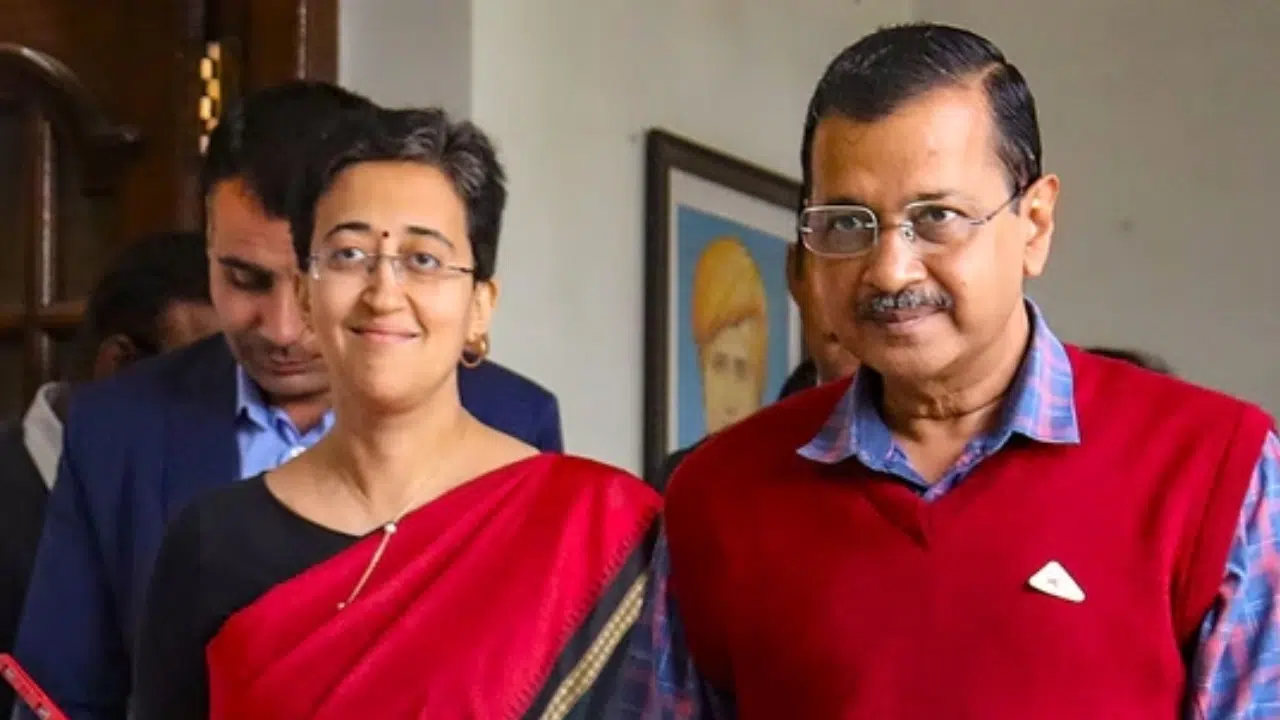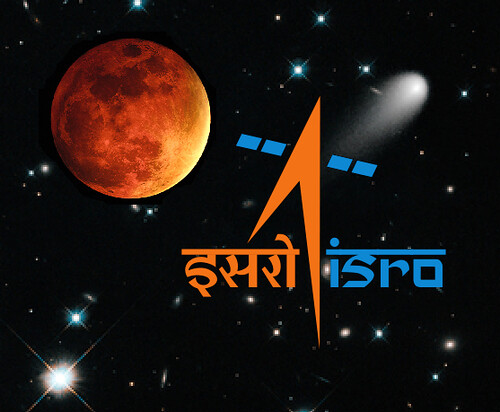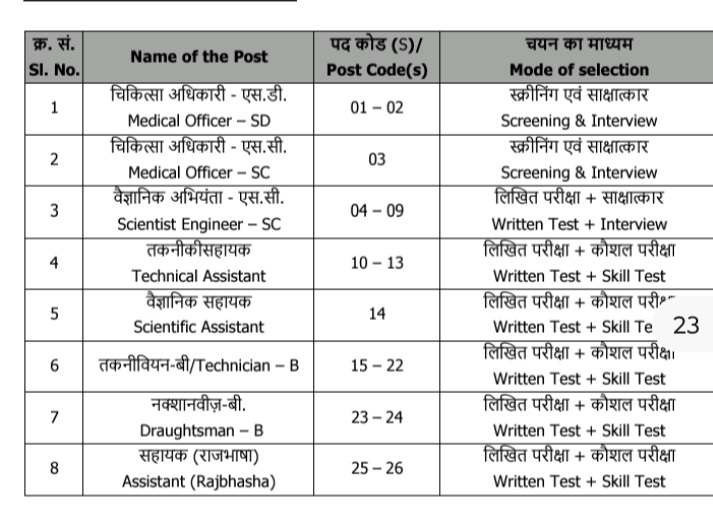India goes to Moon again: This time to come back to Earth after landing on the Moon
Cabinet gave approval for CHANDRAYAAN-4 Mission in the series of Chandrayaan-1,2&3
Mission to Moon after the successful Chandrayaan-3 to demonstrate technologies to come back to Earth from Moon and to bring samples
Source: PIB Delhi

Also Read About : ISRO’s New Mission: Mission to Explore Venus.
| MISSION CHANDRAYAAN | Mission Details |
| Chandrayaan 1 (Year 2008) | Launch Date of Chandrayaan 1 : October 22, 2008 Mission Type : Orbiter (with an impactor) Objective: To explore the Moon, especially its polar regions, and to study its chemical composition and topography. Notable Achievements of Chandrayaan 1 : Discovery of water on the Moon’s surface. Created a detailed 3D map of the Moon’s surface. Detected the presence of minerals such as magnesium, aluminum, and silicon. Launched India’s first Moon Impact Probe (MIP), which successfully hit the lunar surface. Mission End: The orbiter lost communication with ISRO in August 2009, after almost 10 months of successful operation. Note: This mission used certain transponders of foreign nations like USA etc. |
| Chandrayaan 2 | Launch Date: July 22, 2019 Mission Type: Orbiter, Lander (Vikram), Rover (Pragyan) Objective: To study the lunar surface, particularly the unexplored South Polar region, and to conduct scientific experiments related to lunar topography, mineralogy, and the exosphere. Key Achievements of Chandrayaan 2 : The orbiter successfully entered the Moon’s orbit and is still operational, capturing data. The Vikram lander experienced a communication failure during its descent and resultantly it experienced hard landing near the lunar surface. Despite the lander failure, the orbiter continues to relay crucial data, including high-resolution images of the lunar surface. Chandrayaan-2 continues to provide valuable information about lunar exosphere, surface characteristics, and the presence of water ice. Because of success of Chandrayaan-2 mission, especially orbiter, ISRO could able to successfully followup the Chandrayaan 3 mission. |
| Chandrayaan 3 | Launch Date: July 14, 2023 Mission Type: Lander (Vikram) and Rover (Pragyan) Objective: Chandrayaan-3 aimed to achieve a successful landing on the lunar surface after the setback faced during Chandrayaan-2. The focus was again on the South Polar region of the Moon. Key Achievements of Chandrayaan 3 : Successfully landed near the lunar south pole on August 23, 2023, made India to become the first country to land on the Moon’s south pole and the fourth nation overall to achieve a lunar landing. The Pragyan rover carried out a range of scientific experiments, including detecting the presence of sulfur and other minerals. Both the lander and rover operated for a full lunar day (about 14 Earth days) before entering a planned shutdown as lunar night began. The mission is a testament to ISRO’s increasing capabilities in space technology and lunar exploration. |
| Chandrayaan 4 | Read cabinet approval of upcoming Chandrayaan 4 mission in the below excerpt of Cabinet press release |
Cabinet Release:
The union cabinet chaired by the Prime Minister Shri Narendra Modi has approved the mission to moon, named Chandrayaan-4 to develop and demonstrate the technologies to come back to Earth after successfully landing on the Moon and also collect moon samples and analyse them on Earth. This Chandrayaan-4 mission will achieve the foundational technologies capabilities eventually for an Indian landing on the moon (planned by year 2040) and return safely back to Earth. Major technologies that are required for docking/undocking, landing, safe return to earth and also accomplish lunar sample collection and analysis would be demonstrated.
The Government of India has outlined an expanded vision for the Indian space programme during the Amrit Kaal that envisages an Indian Space Station (Bharatiya Antariksh Station) by 2035 and Indian Landing on the Moon by 2040. To realize this vision, a series of Gaganyaan & Chandrayaan follow-on missions are envisaged including the development of associated space transportation & infrastructure capabilities. The successful demonstration of safe and soft landing of Chandrayaan-3 Lander on the Lunar Surface has established vital technologies and demonstrated capabilities that only few other nations possess. A natural successor to the successful landing mission is the demonstration of the ability to collect Lunar Samples and return them safely back to Earth
ISRO will be responsible for the development of spacecraft and launch. The Project will be effectively managed and monitored through the established practices prevailing at ISRO. The mission is expected to be completed within 36 months of approval with the participation of industry and academia.
All the critical technologies are envisaged to be indigenously developed. The realization of the mission is through various industries and it is envisaged that there would be high employment potential and technology spin-off to other sectors of the economy.
The total fund requirement for the technology demonstration mission “Chandrayaan-4” is Rs. 2104.06 Crore. The cost includes spacecraft development and realization, two launch vehicle missions of LVM3, external deep space network support and conducting special tests for design validation, finally leading to the mission of landing on moon surface and safe return to Earth along with the collected lunar sample.
The mission would enable India to be self-sufficient in critical foundational technologies for manned missions, lunar sample return and scientific analysis of Lunar samples. Towards realization there would be a significant involvement of Indian Industry. Plan for associating the Indian academia through Chandrayaan-4 science meets, workshops, is already in place. This mission will also ensure the establishment of facilities for curation and analysis of the returned samples, which will be national assets






Leave a Reply